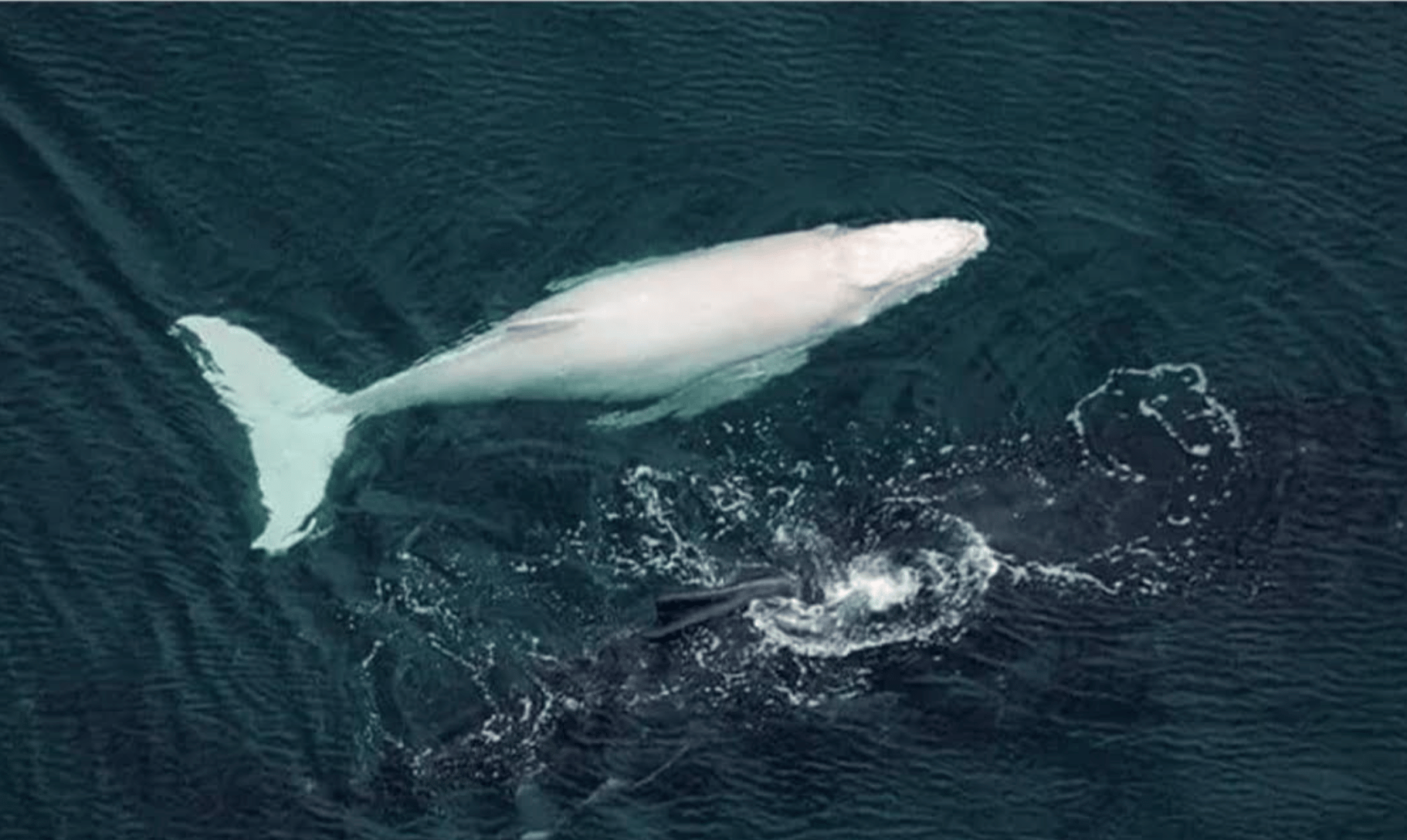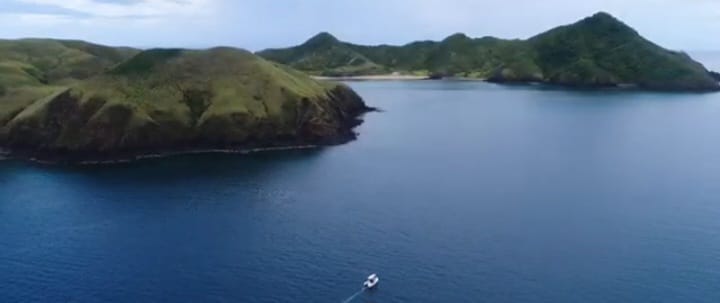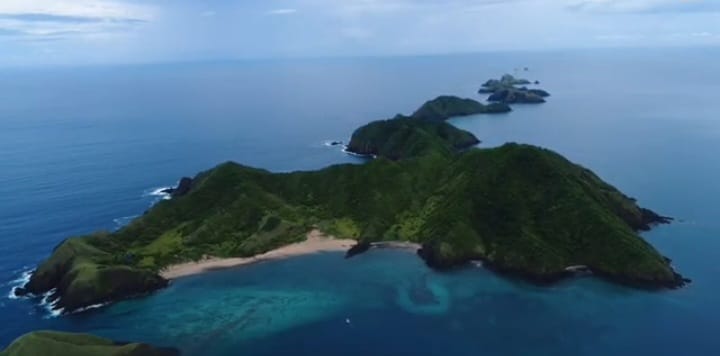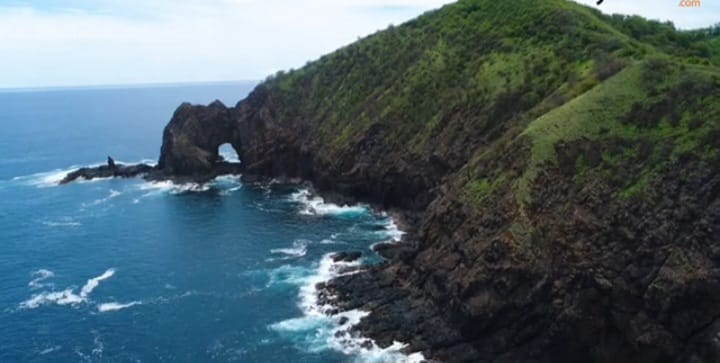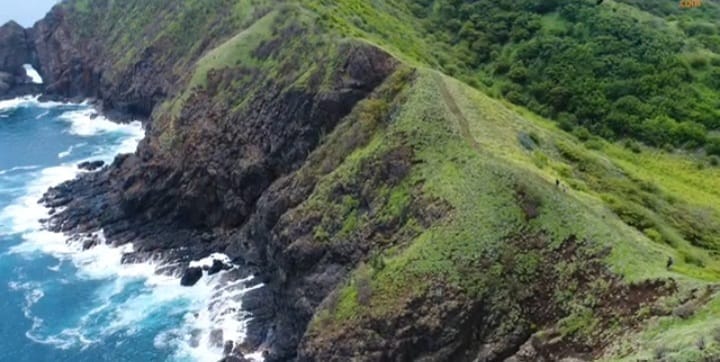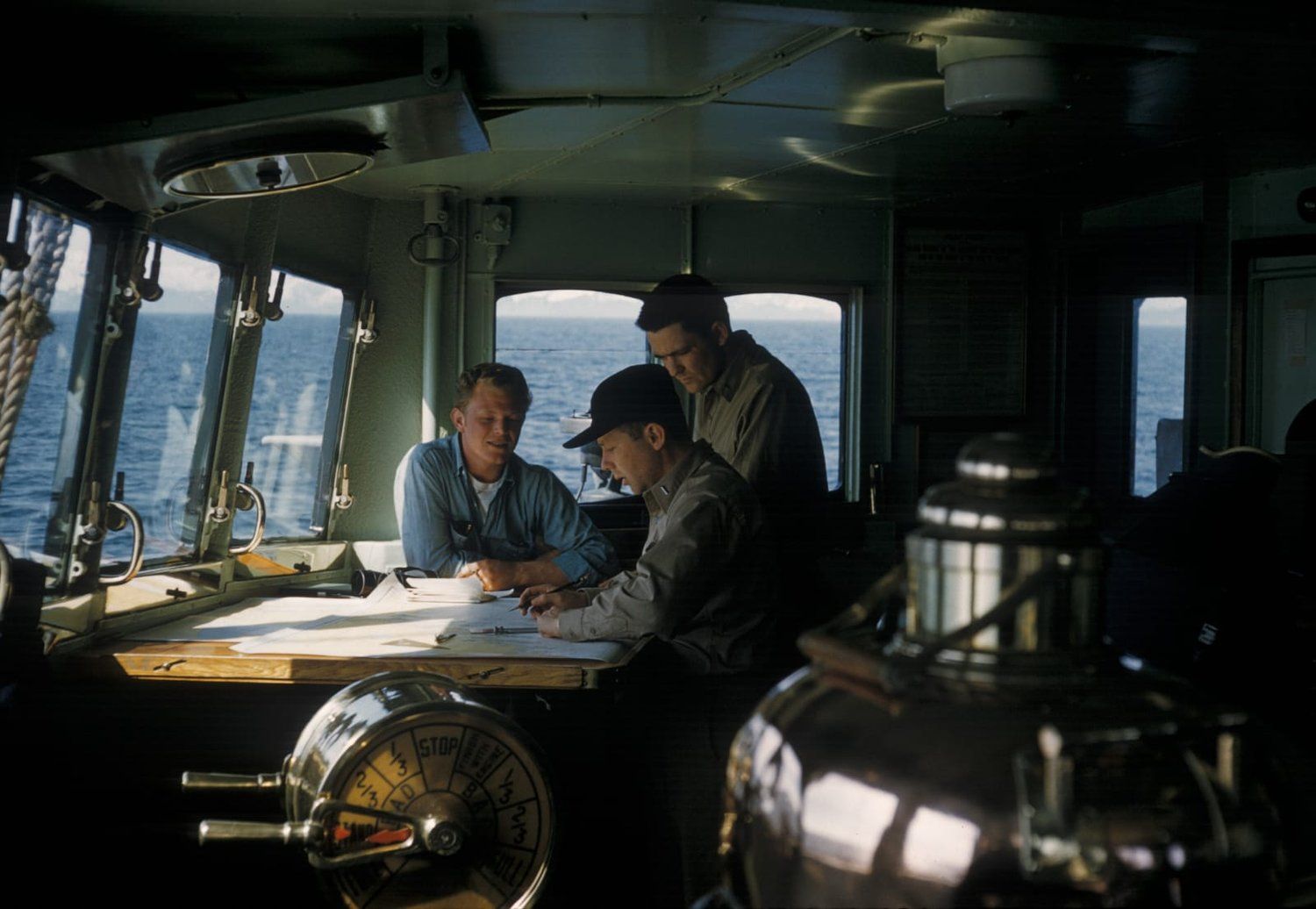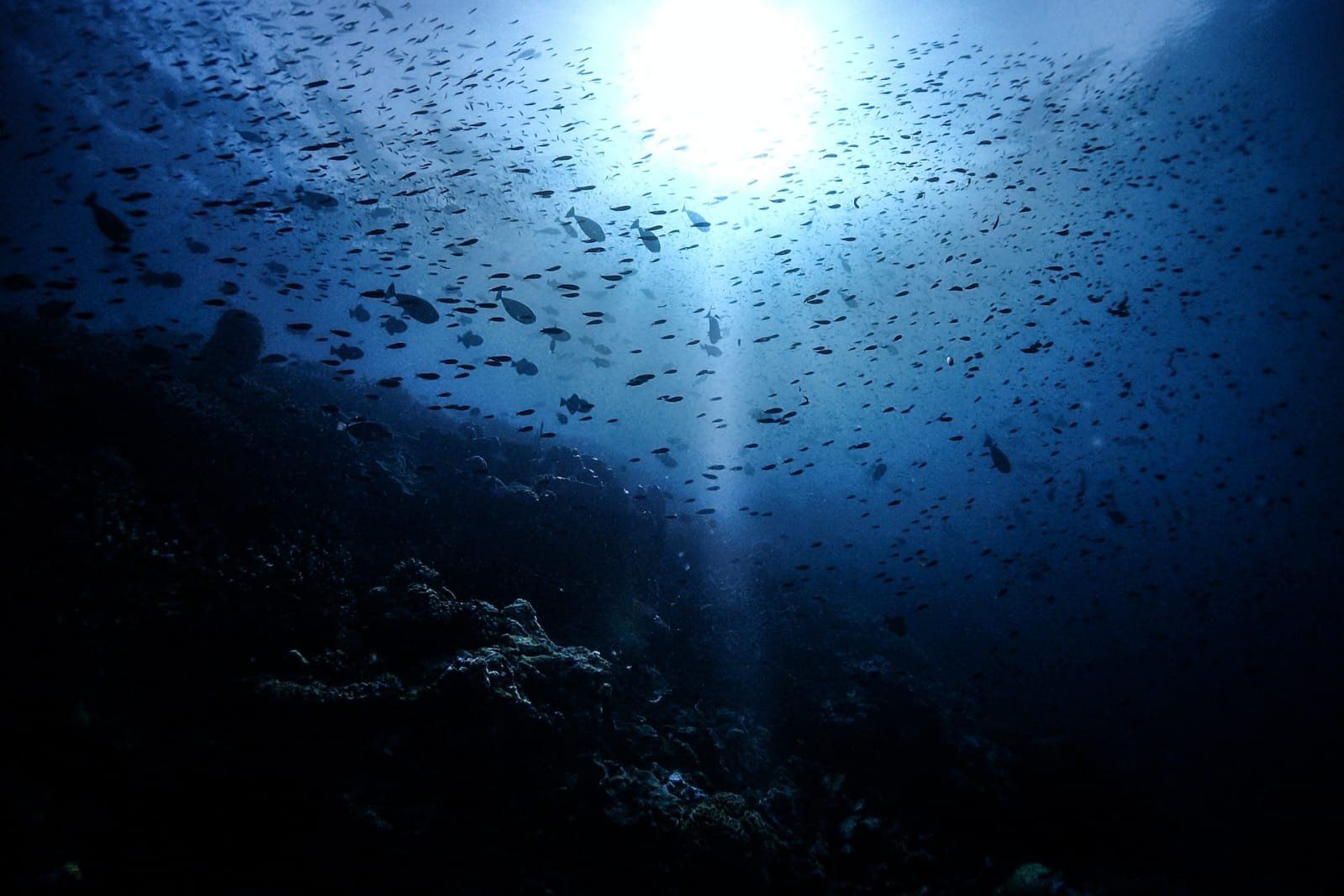
The greed to boost luxury travel in Costa Rica is destroying at an unprecedented growth rate the beautiful rainforest and our pristine oceans. Developments, hotels, Resorts and marinas are being built in every corner possible. One such development, a luxury resort and Marina is being built in this whale heritage site Nursery of the humpback whales, in Golfito, located inside the Golfo Dulce.
Exploitation of this phenomena of nature under the guise of protecting the whales goes against International laws set in force to protect natural heritage sites.
Link to Marina Bahia Golfito/ Marina in Golfito Costa Rica.
A new 259 slip super yacht Marina is proposed in Puerto Jimenez (also in the Golfo Dulce Bay) called Crocodile Bay Marina. It is in the most bio intense part of the Golfo Dulce and will have devastating impacts on the whales and their habitat. https://www.crocodilebay.com/
This major development will destroy the delicate ecobalance of this Whale Heritage site. We are raising our voices for the whales to stop this devastating encroachment on their sacred Bay. Our mission is to bring worldwide attention, scientific data and halt this marina in its tracks. This movement will not only benefit our corner of the world but also be an example throughout the world to those countries facing the same problems. Funding is necessary to achieve our goals.
Simultaneously there is construction for a massive Pier. Another evasive development structure is going in to the nursery of the whales. The tourism Institute announced that the construction of a new Municipal Pier in Puerto Jimenez in the Osa Peninsula is nearly finished. The municipal dock is planned to be inaugurated in the last week of September, according to the Institute which sponsored the construction. The structure's goal is to make mobility for tourists and residents of the Golfo Dulce area faster and more comfortable. The dock was budgeted for $1.4 million by the Municipality of Garabito and the ministry of public transportation.
This construction features electricity, drinking water, a roofed canopy, and seating for those waiting for transportation in boats. There is an area that will be used for ferry service between the peninsula and Puntarenas Province in the future. The gulf is one of the most popular tourist sites and has the highest development potential due to the viewing of whales and dolphins, the ability to explore waterfalls and trails, and it's proximity to the Corcovado National Park. This is not protecting the whales, dolphins and the abundant wildlife in the National park. This is pure Avarice!
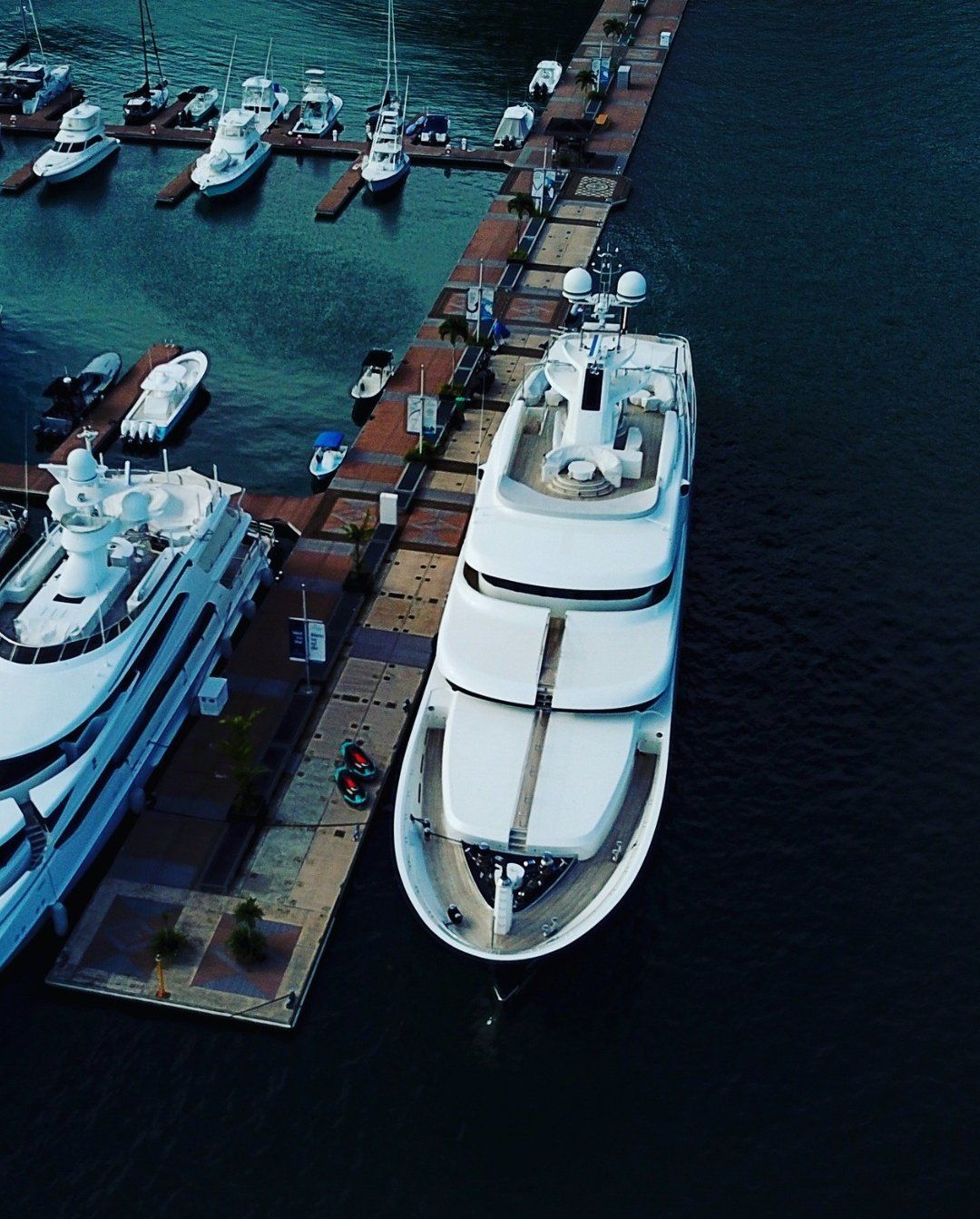
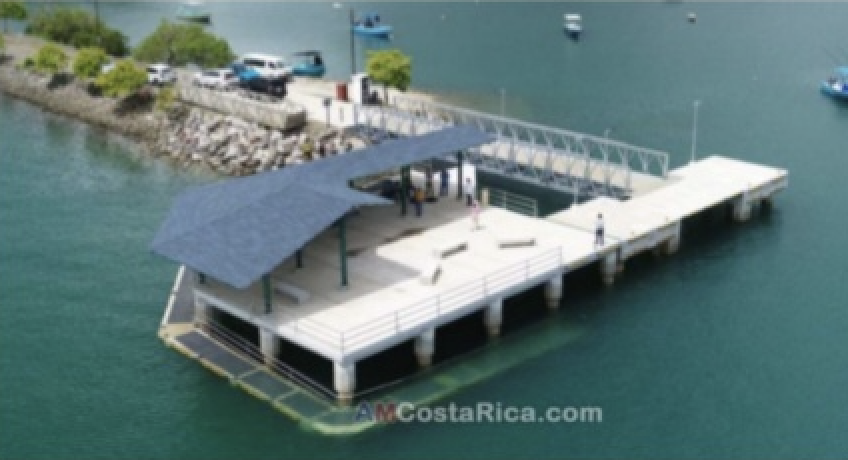
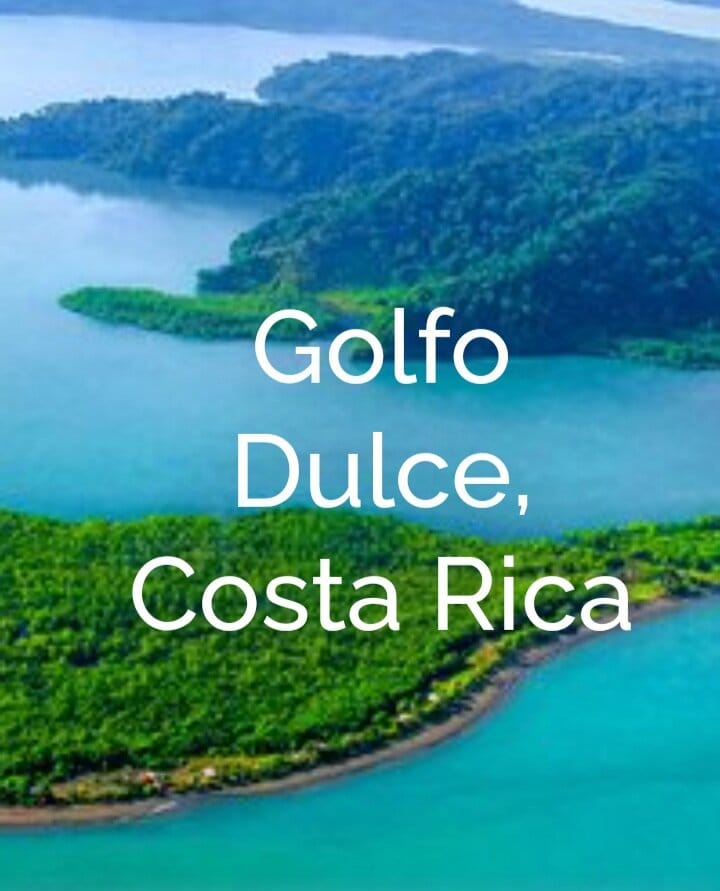
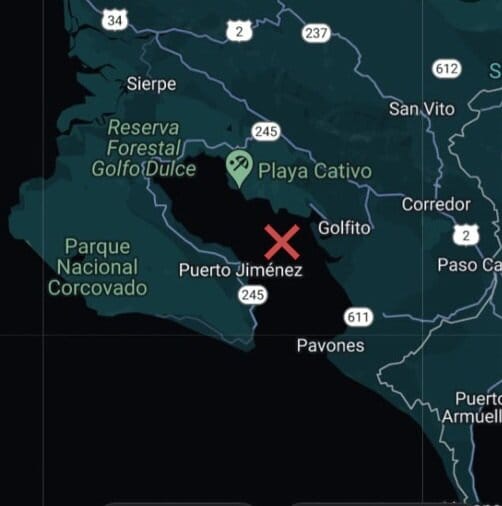
Last year in the Golfo Dulce, a rare white humpback whale was born. The indigenous call this a "Spirit Whale". She is from a pod of the Southern Hemisphere, and last month she was spotted in Peru making her way back home to her birthplace here in Costa Rica. Imagine what she will feel when she comes upon the destruction of her home….
